There are only 10 days until GSX 2019— where thousands of security professionals will convene to learn, network, and be surrounded by top products and services. Whether you’re a student, transitioning out of the military, or simply looking towards the next step in your career, GSX offers many resources to give you a jump-start on your future. Here are the top 10 ways GSX can take you to the next level:
1. Career HQ
The Career HQ is where you’ll find FREE resume reviews, the Headshot Studio, career coaching, professional development sessions, and networking opportunities with employers and peers. Sign up for resume review and career coaching with our expert coaches.
Career HQ Education Sessions
Tuesday, 10 September
- 10:45 am – 12:00 pm| Career Stages: Move from Management to CSO/CEO
- 2:30 – 3:30 pm | Keep It Professional: Navigating Social Media Beyond LinkedIn
- 4:30 – 5:30 pm | Resume Writing: Secrets to Get More Interviews
Wednesday, 11 September
- 10 – 11 am | Scavenger hunt
- 10:30 – 11:30 am | Career Stages: Move from Entry Level Professional to Management
- 12:45 – 1:45 pm | ASIS Certifications and Your Career
- 3:30 – 4:30 pm | Successful Transitions From the Public to Private Sector
2. Mentoring Day
Close out the week with Mentoring Day on Thursday, 12 September. If you’re looking for guidance from a mentor in the security field, join us for relaxed mentor networking events featuring seasoned mentors who will share their lessons learned and best tips. You might even leave with your own mentee/mentor match!
- 10:30 – 11:30 am | Mentoring Success Stories: Tools You Can Use
- 11:30 am – 12:30 pm | Mingle with mentors
3. MLEAD
Military and Law Enforcement Appreciation Day honors the individuals who make our communities and world a safer place. GSX provides opportunities to aid in the successful transition to the private sector and connects you with a global security network. As a thank you for your service, all law enforcement, military, and first responders get FREE one-day admission to GSX on Wednesday, 11 September. Register today, using the promo code “THANKS” when registering to receive the free pass.
4. Networking
GSX convenes security professionals from all vertical markets throughout the world. Connections are made all throughout GSX—in sessions, receptions, lunches, and the exhibit hall—you never know who you’ll meet next! And there’s no better place to network with the global security community than these must-attend events.
5. Pre-Conference Programs
Join your colleagues prior to GSX in Chicago this September for a certification review program, an accelerated review that provides a high-level overview of the security concepts and practices assessed on the ASIS certification exams. The classroom experience encourages networking with your peers and board-certified instructors. Sign up for this course via the GSX registration form.
6. Certifications
Already have your certification? GSX is the best place to earn CPE credits to help you maintain this important credential. CPPs, PCIs, PSPs, and APPs can all earn CPEs for their participation.
- All-Access Pass: 23 CPEs (15 for sessions + 8 for visiting the exhibit hall)
- One-Day Pass:
- Monday: 5 CPEs for sessions (no exhibit hall today)
- Tuesday: 7 CPEs (4 for sessions + 3 for visiting the exhibit hall)
- Wednesday: 7 CPEs (4 for sessions + 3 for visiting the exhibit hall)
- Thursday: 4 CPEs (2 for sessions + 2 for visiting the exhibit hall)
- Expo-Only: Up to 8 CPEs
- Pre-Conference: Up to 12 CPEs
- Exhibitors: 9 CPEs + 1 CPE per session attended
- Note: exhibitors must submit a copy of their badge as proof of completion
Credits will be automatically posted in your record (allow up to four weeks for credits to be viewed online).
7. Exhibit Floor
Step onto the exhibit floor to experience the interactive learning lab first-hand. Connect face-to-face and network with professionals from all verticals across the private and public sector, allied organizations and partners, and the industry’s leading service and solution providers. Be sure to collect business cards and follow up within a week of returning to your office.
8. Sessions
Propel your career by building a wealth of knowledge. You’ll find 300+ sessions delivering valuable, actionable takeaways to help shape your organization’s strategy today and in the future. Learn more about the more than 20 professional development courses offered at GSX.
9. Lounges
Take a break from the exhibitor booths to relax and connect with peers in the lounges. The CSO Lounge, Diamond Club Lounge, and International Lounge provides their respective members with private conference rooms and other amenities to facilitate networking and meetings.
10. Free GSX Pass with Student Membership
ASIS student members have the unparalleled opportunity to take advantage of free registration to GSX. A $20 membership grants access to a wide range of career resources, networking opportunities, educational content, and potential employers.
No matter what stage you are in your career, GSX offers the tools and resources needed to take it to the next level. Leave Chicago with a suitcase full of business cards, fresh headshot, and new connections on LinkedIn!

 not only delivers a space to explore emerging, groundbreaking innovations, solutions, and products across the security industry, we also provide an immersive and interactive learning experience.
not only delivers a space to explore emerging, groundbreaking innovations, solutions, and products across the security industry, we also provide an immersive and interactive learning experience.





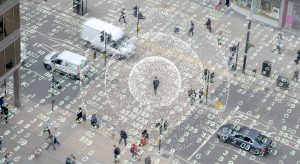 officer dispatches to close the response time for violent crime.
officer dispatches to close the response time for violent crime.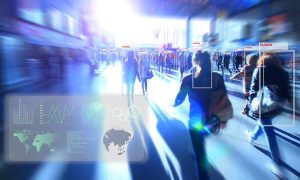 al event for security practitioners.
al event for security practitioners.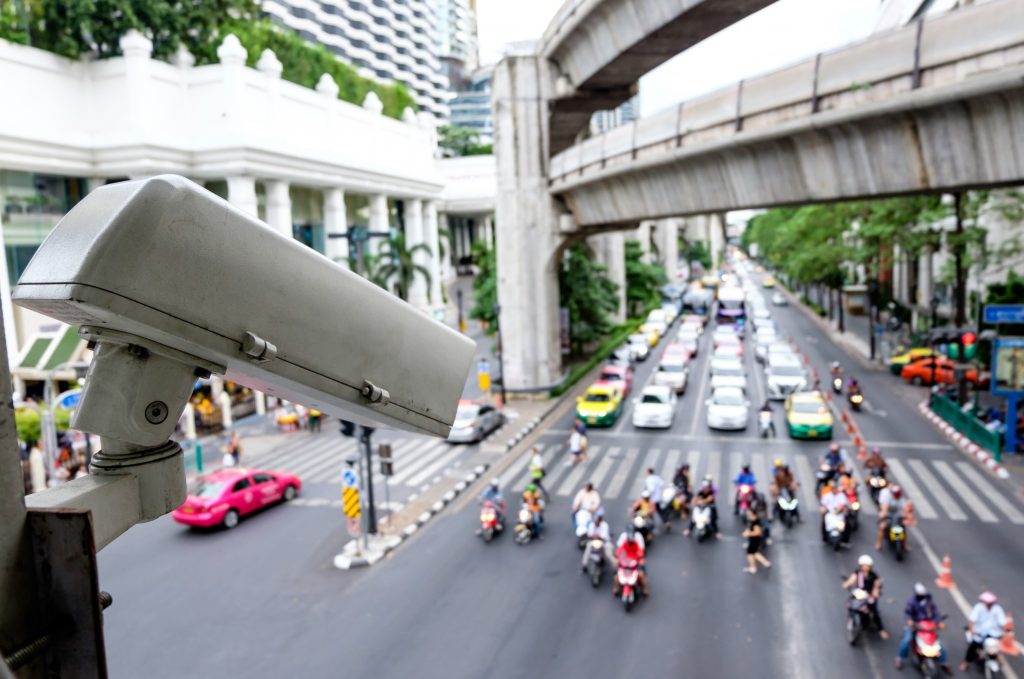 the boundary into personally identifiable information (PII), which creates its own security and privacy challenges.
the boundary into personally identifiable information (PII), which creates its own security and privacy challenges. look more closely at the headlines you might notice an entirely different threat: the digital disruption of physical systems. As more physical security systems, including access control, lighting, building operations, and other industrial control systems are linked to and controlled by Internet-connected networks, the more risk there is that these systems might be caught up in—or even targeted by—cyberattacks.
look more closely at the headlines you might notice an entirely different threat: the digital disruption of physical systems. As more physical security systems, including access control, lighting, building operations, and other industrial control systems are linked to and controlled by Internet-connected networks, the more risk there is that these systems might be caught up in—or even targeted by—cyberattacks. e funded a simulation of a full-on attack of physical and cyber systems against a commercial real estate organization’s 16-story commercial building. This type of attack presentation has rarely been seen before because of the implications—organizations are hesitant to open themselves up to exposing vulnerabilities and the corporate liability that comes with that knowledge.
e funded a simulation of a full-on attack of physical and cyber systems against a commercial real estate organization’s 16-story commercial building. This type of attack presentation has rarely been seen before because of the implications—organizations are hesitant to open themselves up to exposing vulnerabilities and the corporate liability that comes with that knowledge. plications will be shared in our session this September at
plications will be shared in our session this September at  findings of the building cyberattack exercise conducted earlier this year. To hear Tyson and other experts speak on these topics and to meet with reputable companies who supply security technology, register for GSX at
findings of the building cyberattack exercise conducted earlier this year. To hear Tyson and other experts speak on these topics and to meet with reputable companies who supply security technology, register for GSX at  How are drones affecting an organization’s approach to security?
How are drones affecting an organization’s approach to security?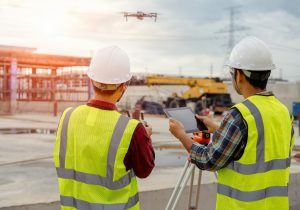
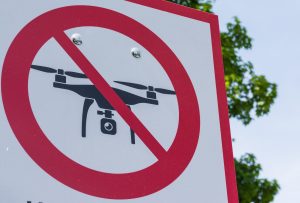 The whole key is to find bad actors, not keep track of good ones. In a perfect world, if you see a drone but don’t have any ID pings, you’d know that is a bad actor. It will be very important in the future to have remote ID capabilities for traffic management and security. They want that capability in place before they allow people to fly drones beyond visual line of sight.
The whole key is to find bad actors, not keep track of good ones. In a perfect world, if you see a drone but don’t have any ID pings, you’d know that is a bad actor. It will be very important in the future to have remote ID capabilities for traffic management and security. They want that capability in place before they allow people to fly drones beyond visual line of sight. cases?
cases?